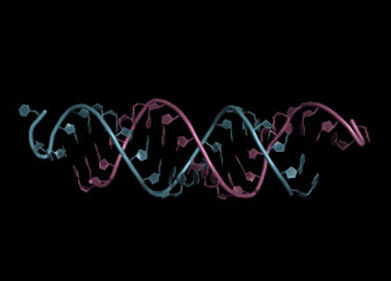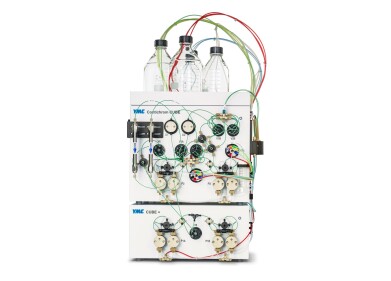Liquid Chromatography
What is Porphyria and How Can Chromatography Help?
May 06 2021
Haemoglobin is a key protein in the body, responsible for transporting oxygen from the lungs to all the tissues and organs in the body. It then releases the oxygen to allow aerobic respiration that powers the body’s metabolism. One of the main precursors to haemoglobin in the body is heme, a coordination complex molecule consisting of an iron ion coordinated to a porphyrin ring acting as a ligand.
Heme is synthesized in the body starting with the synthesis of δ-aminolevulinic acid (ALA) from glycine and succinyl-CoA. But for some people, the genes needed to make heme from ALA are faulty. And this leads to a group of disorders that are linked under the title porphyria – a painful and potentially fatal condition. The condition can be difficult to diagnose, but chromatography can potentially help. What is porphyria and how might chromatography help?
Inherited metabolic disorder
Porphyria is a group of inherited metabolic disorders due to one of seven different faulty genes. The disorders are not caught, they are passed on genetically through your parents, which means several people in a family may have the faulty gene, but some may not have any signs or symptoms. The disorders affect a person metabolically rather than bodily which means that it is the chemistry that goes on in your cells that is faulty.
The faulty genes slow down the production of heme which can cause the toxic build-up of proteins in the body. The genes are the blueprints for the enzymes that can synthesize heme from ALA. Each enzyme takes the process one step further until heme is made. People suffering with the disorder porphyria may only have one faulty gene meaning one enzyme is misfunctioning.
The two main effects are skin sensitivity in sunlight or an acute attack. Acute attacks are the result of a build-up of ALA or PBG (porphobilinogen – the first molecule synthesized from ALA). Skin problems like blistering are caused by a build-up of light sensitive porphyrins – other intermediaries on the pathway to heme – in the skin. They damage the skin when light hits them. Some people can suffer from both acute and skin porphyria.
Chromatography can analyse the urine and stools
A diagnosis of porphyria can be difficult to make, and genetic testing might be needed to isolate which of the genes is faulty. There are also biochemical tests for porphyria, and these are carried out on blood, urine, or faeces. These are them analysed using high-performance liquid chromatography to determine the concentrations of specific porphyrins in the sample. Improved chromatographic separations are discussed in the article, Fast Analysis of Biomolecules by Using Smaller and Innovative Particles.
Recently doctors have tried a new treatment known as ‘gene-silencing’ to treat acute intermittent porphyria which can cause unbearable pain in sufferers. The treatment works by stopping mRNA from leaving the nucleus and making one of the enzymes, reducing the build-up of toxic proteins in the body.
Digital Edition
Chromatography Today - Buyers' Guide 2022
October 2023
In This Edition Modern & Practical Applications - Accelerating ADC Development with Mass Spectrometry - Implementing High-Resolution Ion Mobility into Peptide Mapping Workflows Chromatogr...
View all digital editions
Events
Jan 20 2025 Amsterdam, Netherlands
Feb 03 2025 Dubai, UAE
Feb 05 2025 Guangzhou, China
Mar 01 2025 Boston, MA, USA
Mar 04 2025 Berlin, Germany












